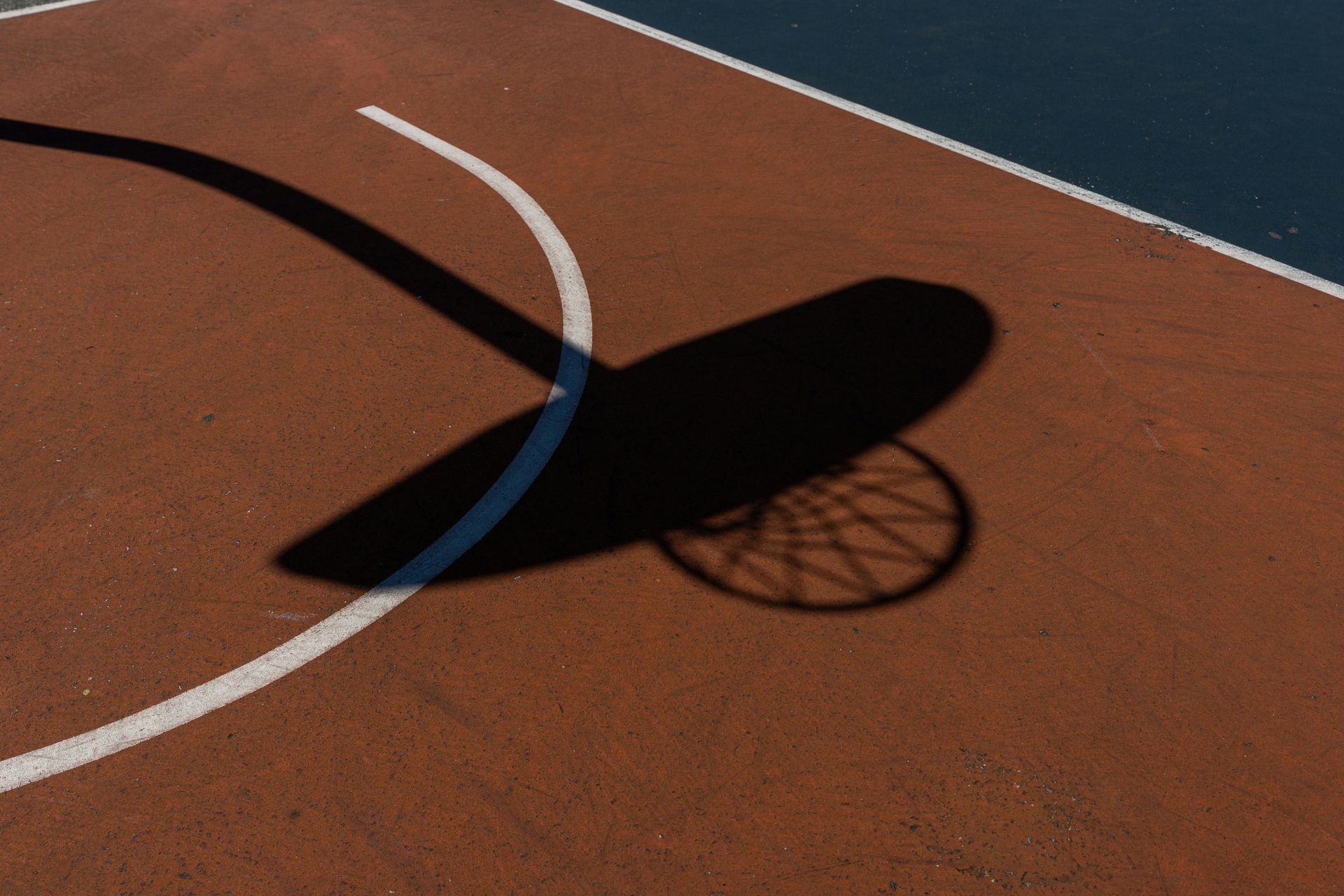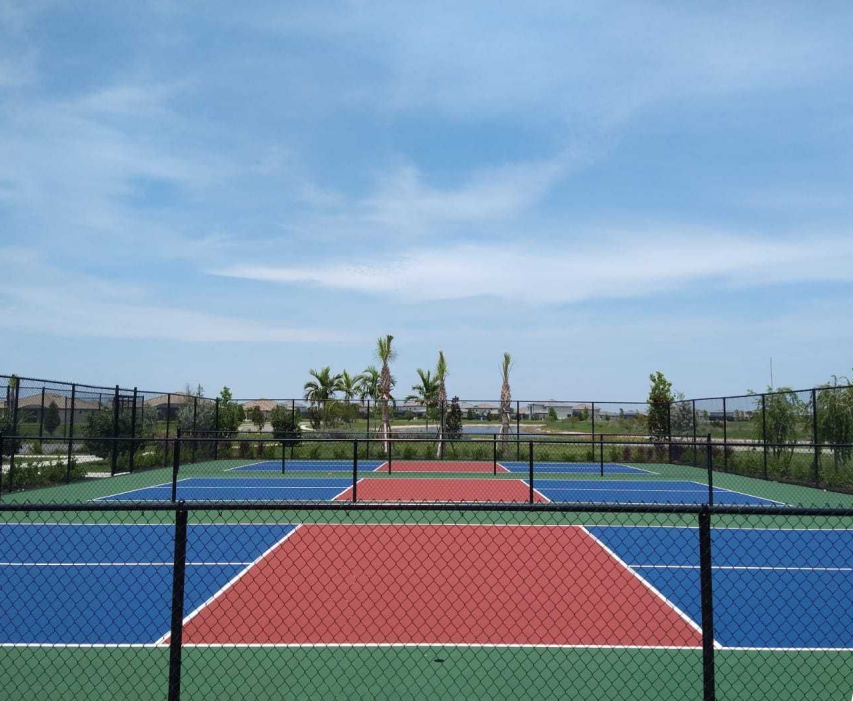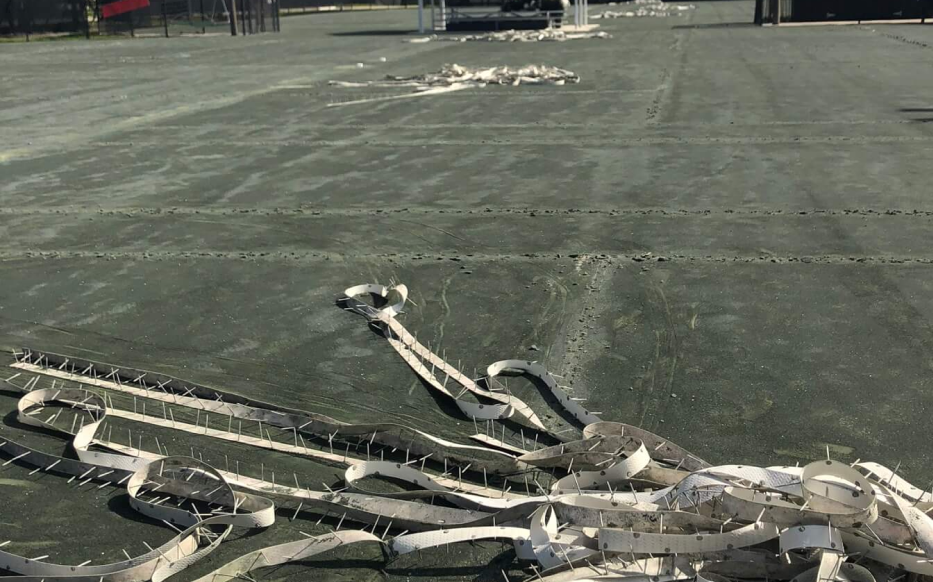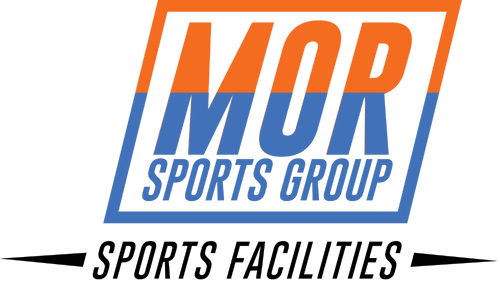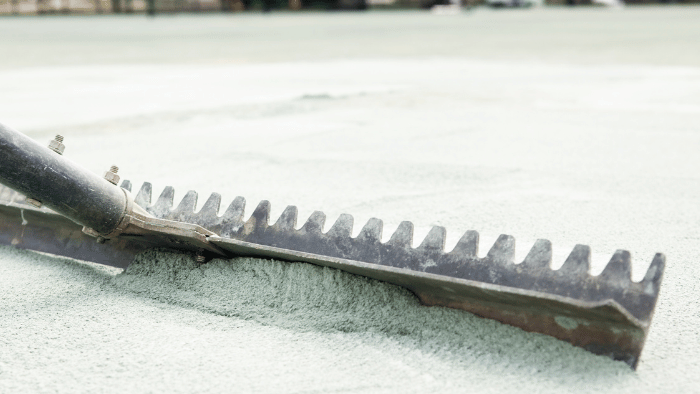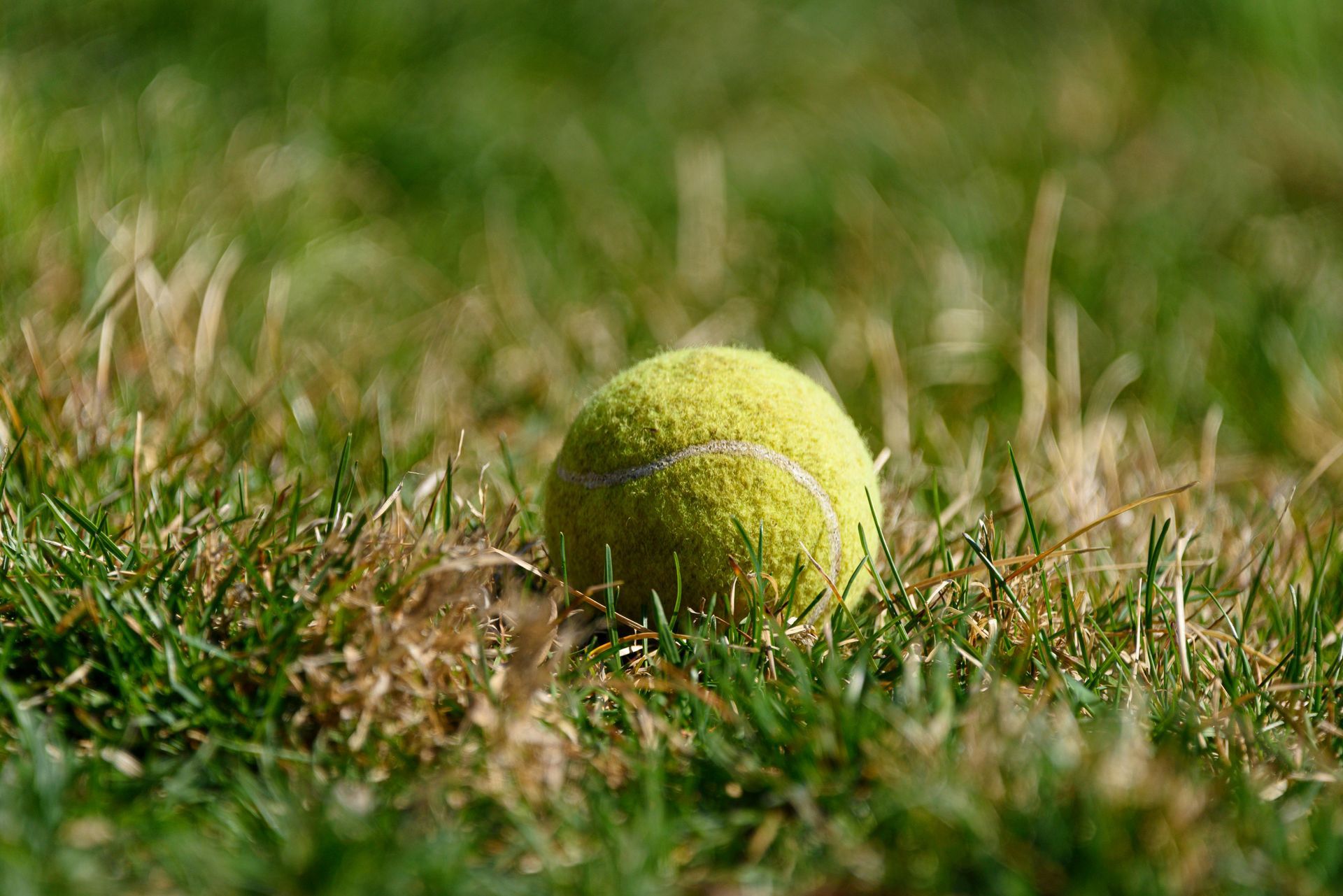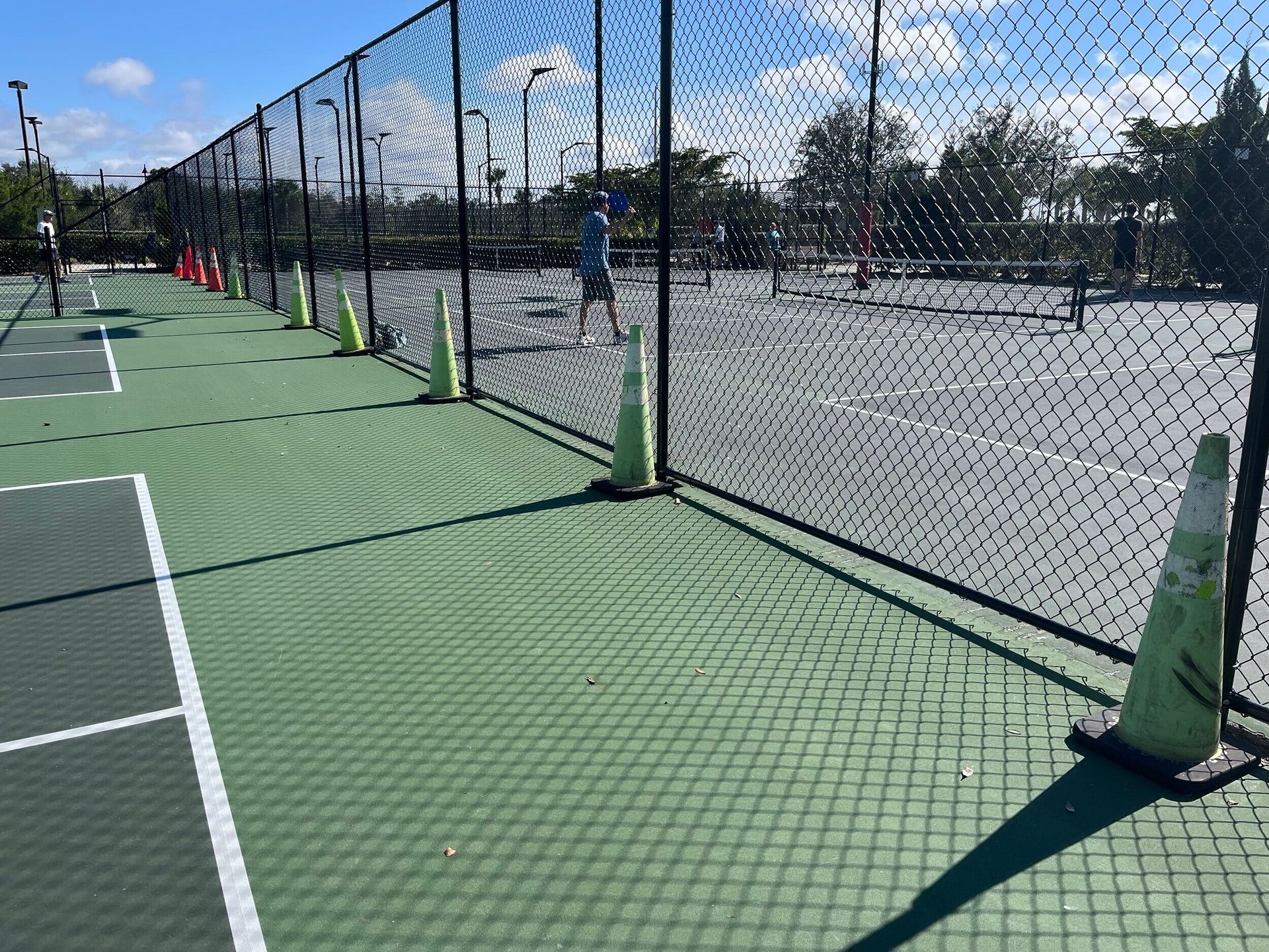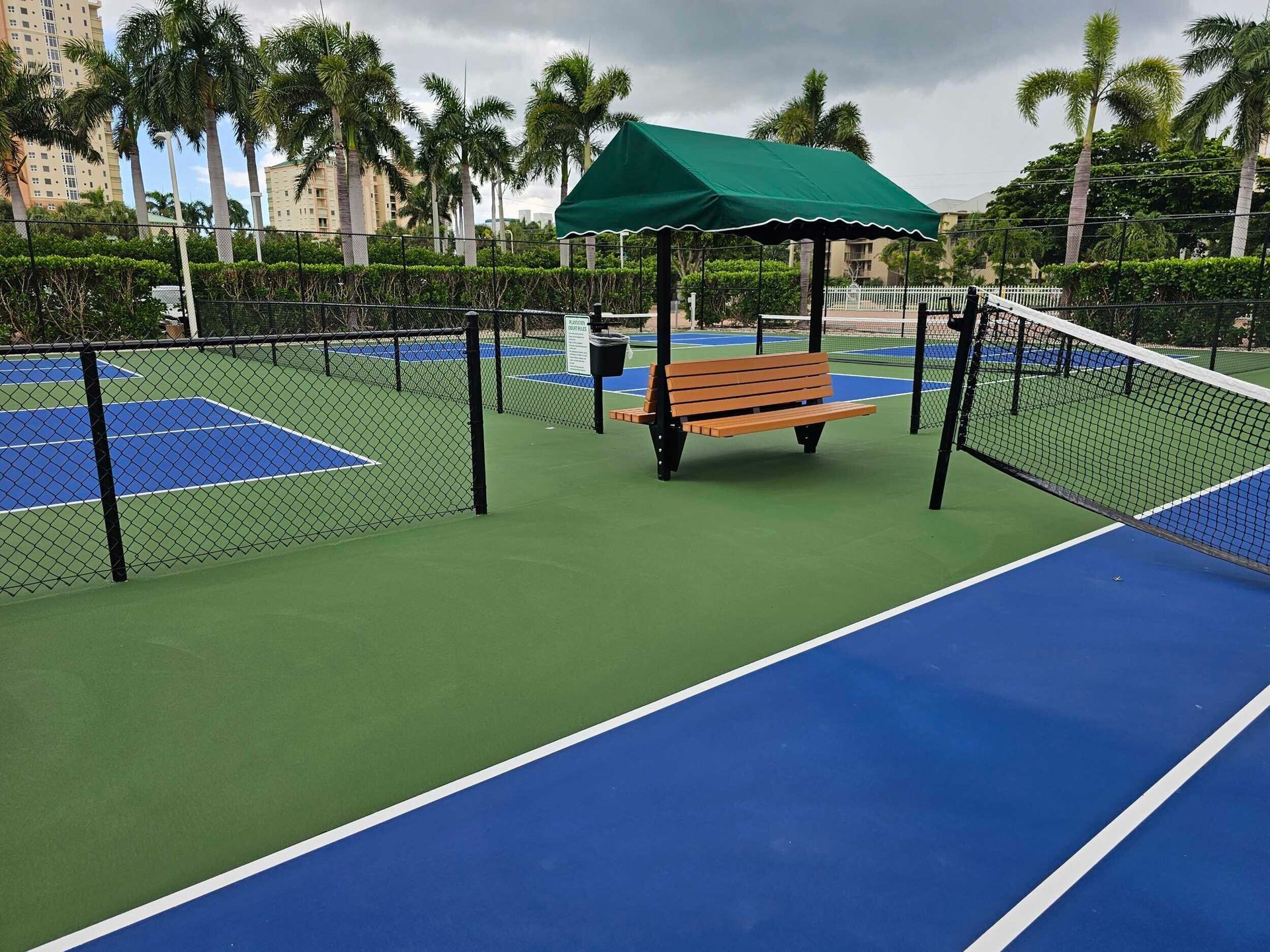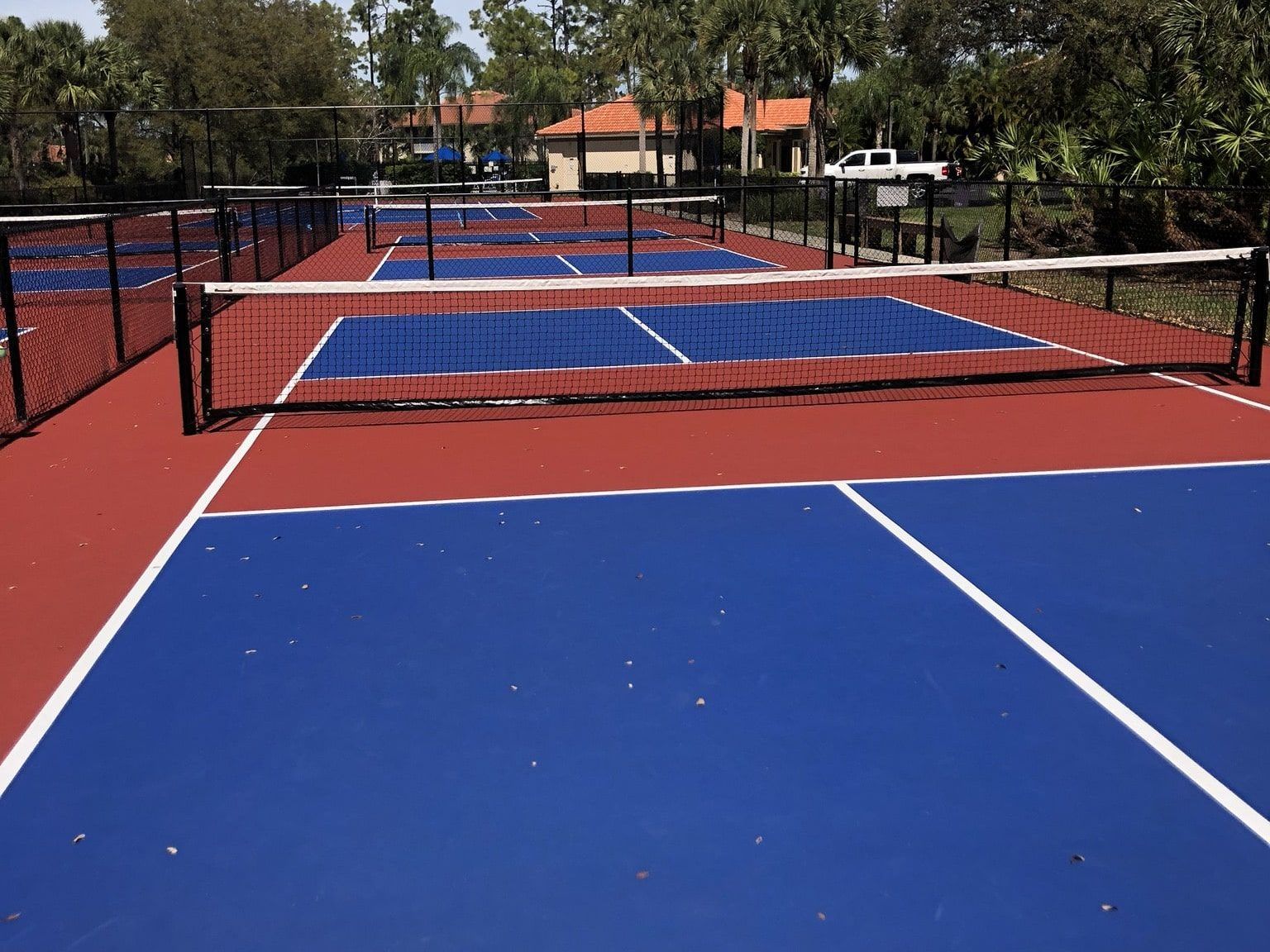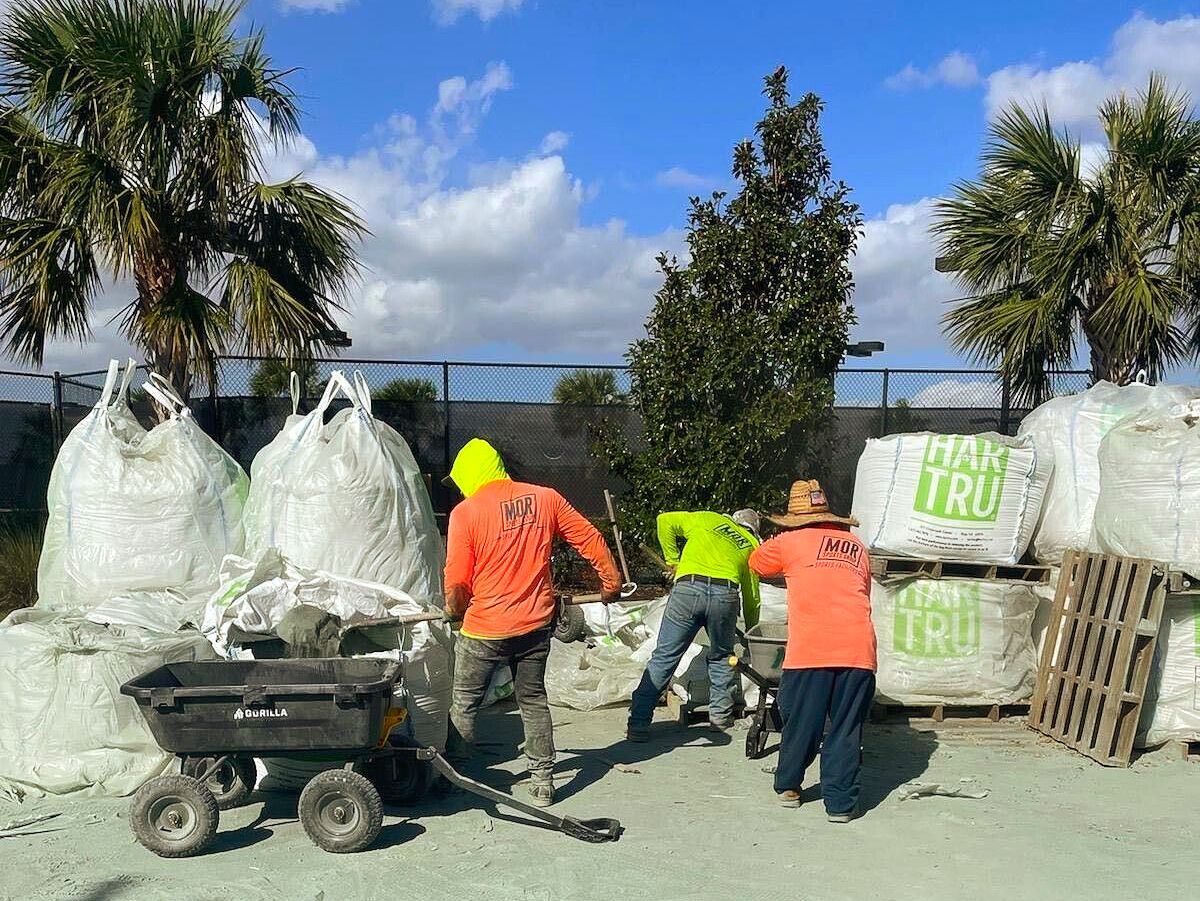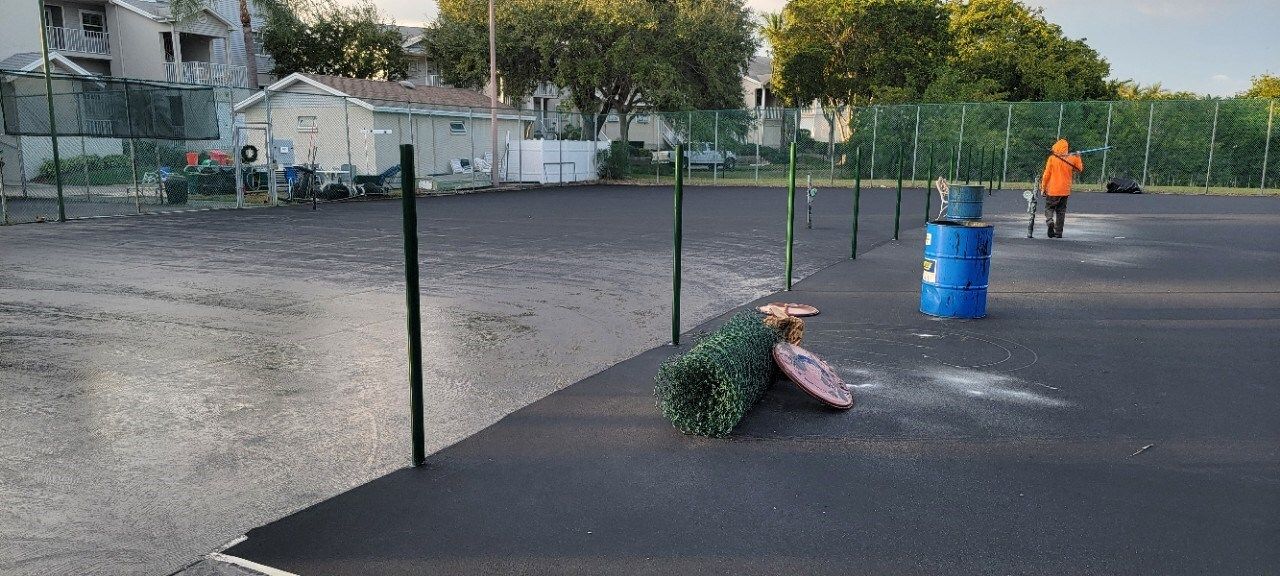Why Synthetic Grass Is Ideal for Padel Courts
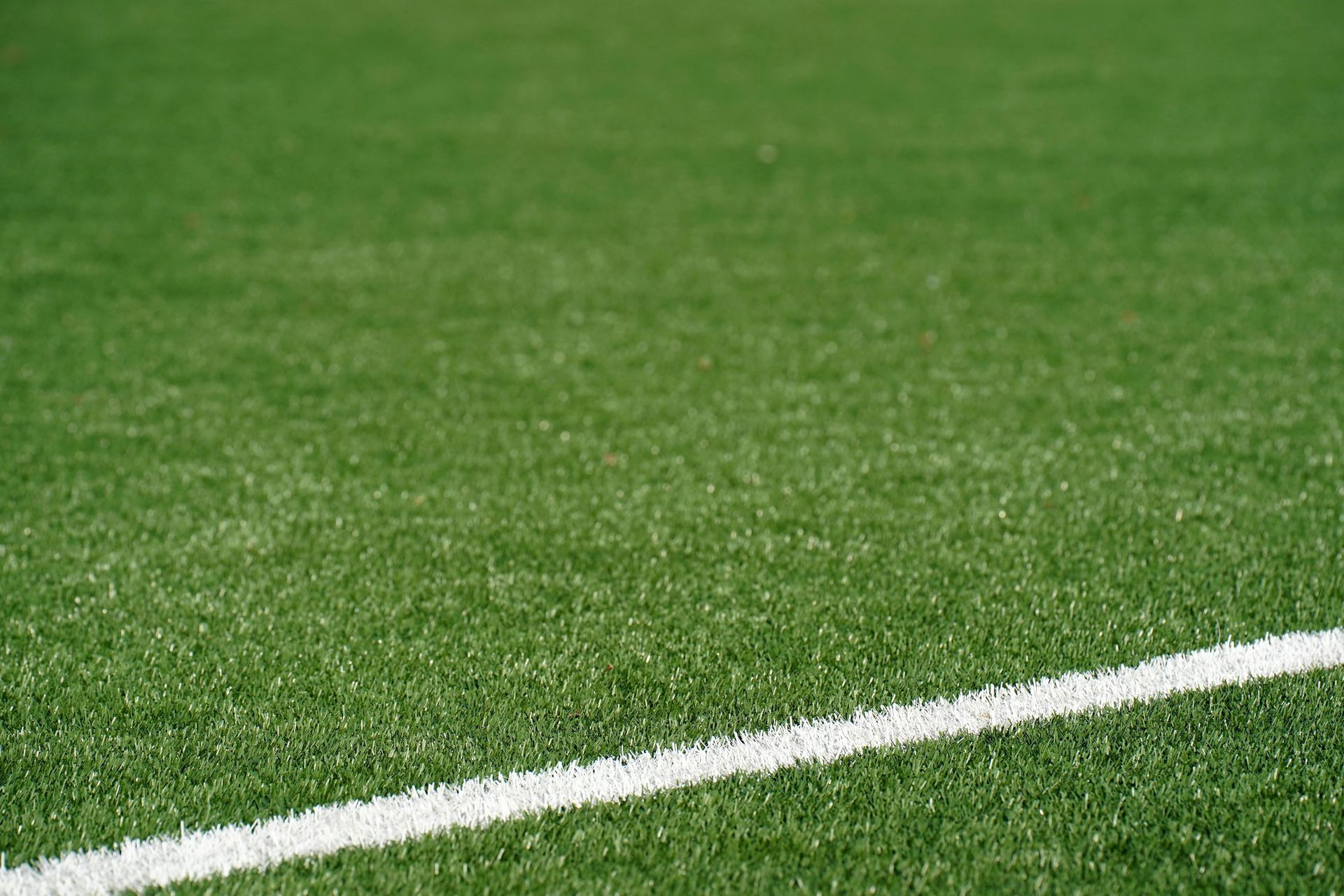
Padel is a fast-growing sport loved for its mix of strategy, athleticism, and social fun. Synthetic grass has become the gold standard for padel courts—and for good reasons. In this article, we’ll explore why synthetic grass is the top choice for padel players around the world.
Benefits of Synthetic Grass for Padel Courts
Synthetic grass offers several advantages that make it a standout choice for padel courts. It’s not just about looks; it’s about the benefits it can offer when it comes to functionality, durability, and performance.
- Enhanced Gameplay and Performance: Synthetic grass provides the perfect balance of grip and slide. This ensures players can move confidently and swiftly without worrying about sudden slips or excessive resistance.
- Consistent Ball Bounce and Player Safety: Unlike natural grass, artificial turf delivers a uniform playing experience. The ball’s bounce remains predictable, and players benefit from shock-absorbing properties that protect joints during intense matches.
Types of Synthetic Grass for Padel Courts
Not all synthetic grass is the same. Depending on your needs and playing style, you can choose from several types of turf, each with its own advantages.
Fibrillated Turf
Fibrillated turf features fibers that split into fine strands, creating a stable playing surface. The sand fills quickly, offering fast gameplay and consistent ball bounce. It's an excellent option for players who enjoy high-speed matches.
Monofilament Turf
Monofilament turf is designed for intensive use. Its upright fibers slow the ball slightly, making it ideal for precision gameplay. While it takes longer for sand to settle, this turf is highly durable and resistant to wear.
Texturized Turf
Texturized (or crimped) turf is the go-to for professional padel courts, including those used in the World Padel Tour. This type of grass encapsulates the sand perfectly, reducing maintenance while ensuring optimal cushioning, ball speed, and consistent play.
Key Features of Synthetic Grass for Padel Courts
Synthetic grass is more than just a practical choice for padel courts—it’s a blend of advanced technology, aesthetic versatility, and long-term durability. Here’s a closer look at the standout features that make synthetic grass the ultimate surface option for padel courts.
UV Resistance and Longevity
One of the most important qualities of synthetic grass is its ability to resist UV damage. Traditional surfaces can fade or weaken under prolonged sun exposure, but high-quality synthetic turf is designed to withstand even the harshest sunlight.
- Color Retention: Synthetic grass maintains its vibrant appearance whether you choose standard green or a bold blue.
- Structural Integrity: The fibers remain intact, ensuring consistent playability over time.
- Cost Efficiency: UV resistance reduces the need for frequent replacements, making synthetic turf a cost-effective long-term investment.
For padel court owners in sunny climates or outdoor installations, UV resistance is a must-have feature that ensures your court looks and performs like new, year after year.
Customizable Colors for Aesthetic Appeal
While blue and green are the staple colors of professional padel courts, synthetic grass offers a world of customization options that go beyond tradition. Modern turf manufacturers provide a variety of hues to match your branding, personal taste, or facility’s design theme. Some of the popular choices include:
- Classic Looks: Green for a natural aesthetic or blue for a professional touch.
- Unique Designs: Colors like terracotta or red-brick for a striking visual appeal.
- Themed Courts: Custom combinations to reflect club colors or sponsorship branding.
Customization doesn’t stop at color. Synthetic grass can also feature integrated logos or line designs. Whether you're creating a court for a luxury hotel, sports club, or private home, tailored aesthetics add a touch of uniqueness that players and visitors will admire.
Anti-Slip Properties for Player Safety
Player safety is a top priority in any sport, and synthetic grass is created with this in mind. Its anti-slip surface provides a reliable grip, helping players move confidently during intense matches. This feature is especially valuable for padel courts since a fast-paced game requires quick direction changes, dives, and sprints. Here’s how synthetic grass enhances safety:
- Reliable Traction: Prevents players from slipping during sudden movements, reducing the risk of falls.
- Shock Absorption: Cushions joints and minimizes the impact of rapid stops or jumps, protecting against strain or injury.
- Smooth Recovery: Should a player fall, synthetic grass is gentler on the skin compared to abrasive surfaces, preventing scrapes or burns.
Cost-Effectiveness of Synthetic Grass Padel Courts
Investing in a synthetic grass padel court is more affordable than you might think. It combines upfront savings with long-term benefits, making it an ideal choice for facility owners and players alike. Let’s break down the reasons why synthetic grass is the most cost-effective option:
Why Synthetic Grass Is Budget-Friendly
Synthetic grass is designed to deliver high-quality performance at a fraction of the cost of other premium surfaces. Its affordability comes not just from installation but also from the minimal maintenance it requires. Here are some specific advantages:
- Lower Installation Costs: Synthetic turf requires fewer materials and simpler installation processes, reducing upfront costs significantly.
- Minimal Maintenance Needs:
- No watering, mowing, or fertilizing.
- Routine upkeep includes brushing and removing debris, which is far less labor-intensive.
- Weather Resilience: Maintains quality regardless of rain, heat, or snow, avoiding additional repair costs.
Long-Term Return on Investment
Padel’s popularity ensures a steady demand for courts. Choosing synthetic grass maximizes profitability and keeps the court operational year-round. The long-term benefits include:
- Durability:
- Lasts for years even with heavy use, reducing the need for replacements.
- Withstands wear and tear from both casual and competitive play.
- Revenue Opportunities:
- High demand attracts regular players and tournaments.
- Year-round usability means no revenue loss due to weather-related downtime.
- Cost Savings: Fewer repairs and replacements lower long-term expenses.
Choosing the Right Synthetic Grass for Your Court
When selecting synthetic grass, it’s essential to consider your needs, budget, and playing style.
Tailoring Grass Type to Playing Style
If you’re focused on speed, opt for fibrillated turf. For durability and precision, go with monofilament turf. For professional-level performance, texturized turf is the way to go.
Partnering with Trusted Contractors
Choosing the right contractor ensures you get premium materials and a seamless installation process. Mor Sports Group is a trusted leader in the industry, offering high-quality synthetic grass solutions for padel courts. They specialize in delivering tailored products designed to enhance performance while keeping sustainability in mind. With their expertise, you can be confident your court will meet both aesthetic and functional standards.
Conclusion
Synthetic grass has transformed the way we experience padel. From its durability and low maintenance to its ability to enhance gameplay, it’s clear why so many courts around the world are turning to this innovative surface. If you aim to invest in a padel court, consider synthetic grass, as it offers a perfect combination of performance, safety, and sustainability.
